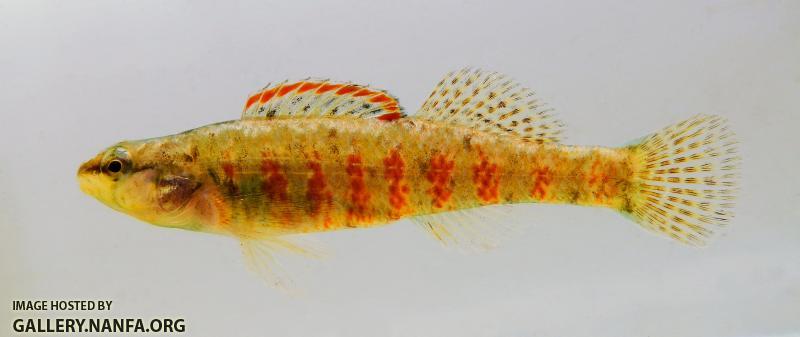The article on how to take pictures of snowflakes: http://chaoticmind75...s-shooting.html


Posted 09 December 2013 - 08:35 PM


Posted 09 December 2013 - 08:36 PM


Posted 09 December 2013 - 09:44 PM
Here are some of the example snowflakes the author of that article captured using that setup and multiple image technique.
What fish pictures can you all take with this technique? I imagine our ID photos would be a lot better with fin rays photographed using this technique.
Posted 09 December 2013 - 11:55 PM

 fullsize.jpg 123.08KB
1 downloads
fullsize.jpg 123.08KB
1 downloadsPosted 10 December 2013 - 08:31 AM
Posted 10 December 2013 - 08:33 AM
'Cause you can use any lens you have laying around?Why don't you demonstrate why it would work so much better than the dedicated macro rigs some of use.
Posted 10 December 2013 - 08:50 AM
Posted 10 December 2013 - 09:00 AM
Posted 10 December 2013 - 10:11 AM
Posted 10 December 2013 - 11:07 AM
Posted 10 December 2013 - 11:14 AM
I wasn't saying that. Have you seen the photos I took of my fry? It just looked better than what I was doing, which was not anything.Don't just say "Ooh, look, I found this on the Internet and this is soooo much better than the stuff that you do." That's not going to get a positive response.
Posted 10 December 2013 - 11:54 AM
I wasn't saying that. Have you seen the photos I took of my fry? It just looked better than what I was doing, which was not anything.
What methods are there to attach macro lenses to normal cameras? How is that done? All of this is interesting to me. Do you have any good sources of information I could read?
Posted 10 December 2013 - 12:00 PM
Microscopes are really expensive, and I can't always take the things I want to photograph out of the tank.I still suggest that a low-end scope would probably serve your needs much better.
Posted 10 December 2013 - 12:12 PM
Posted 10 December 2013 - 12:19 PM
Canon Elph 330 hsWhat type of camera system do you currently have?
Posted 10 December 2013 - 02:14 PM
Microscopes are really expensive
Or look for a used compound microscope. A quick couple searches popped up lots of options for <$100, and some < than the $50 you'd spend on a lens.
and I can't always take the things I want to photograph out of the tank.
Posted 10 December 2013 - 02:20 PM
Posted 10 December 2013 - 02:33 PM
Posted 10 December 2013 - 02:39 PM
Posted 10 December 2013 - 04:03 PM
0 members, 1 guests, 0 anonymous users